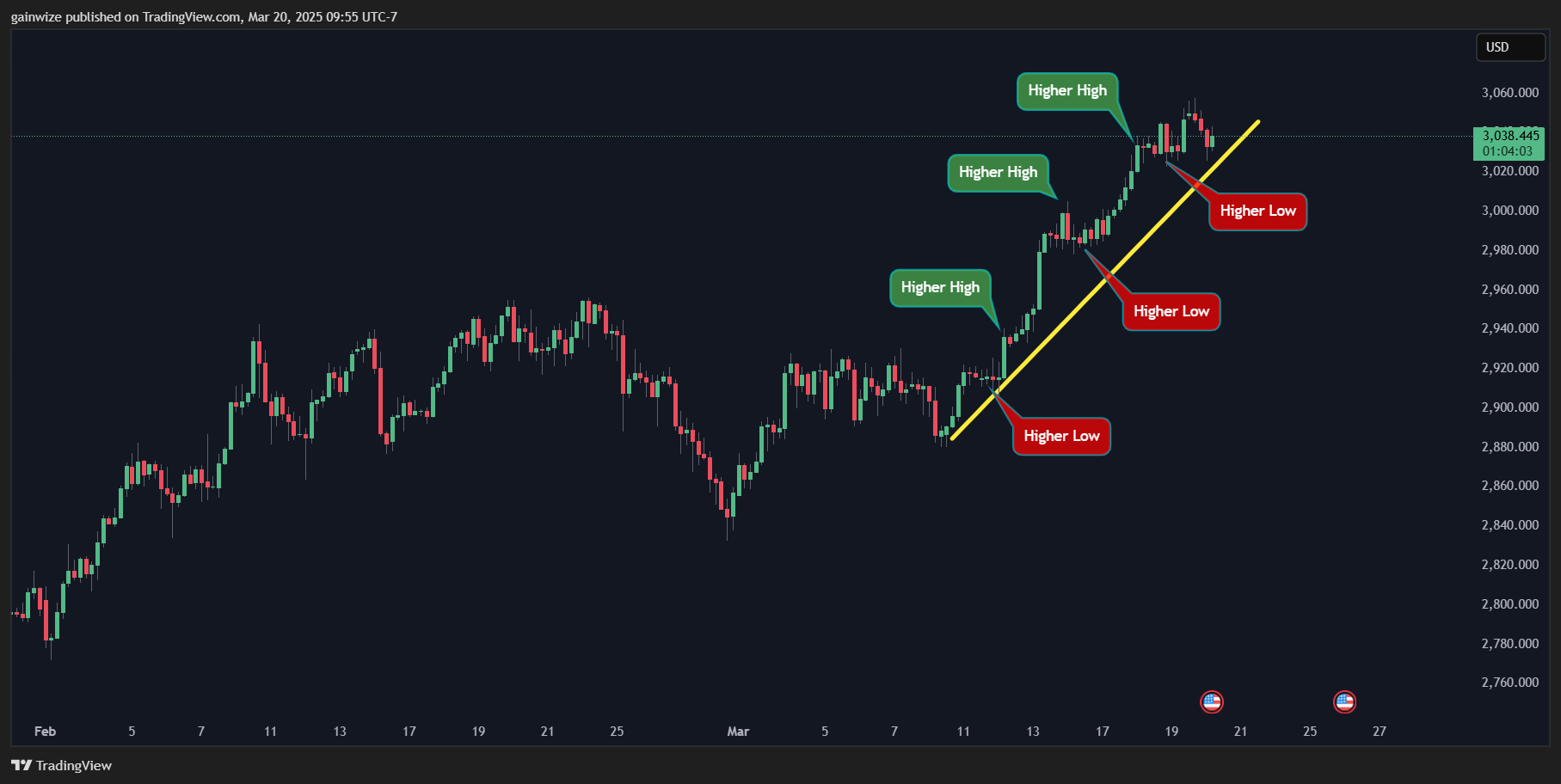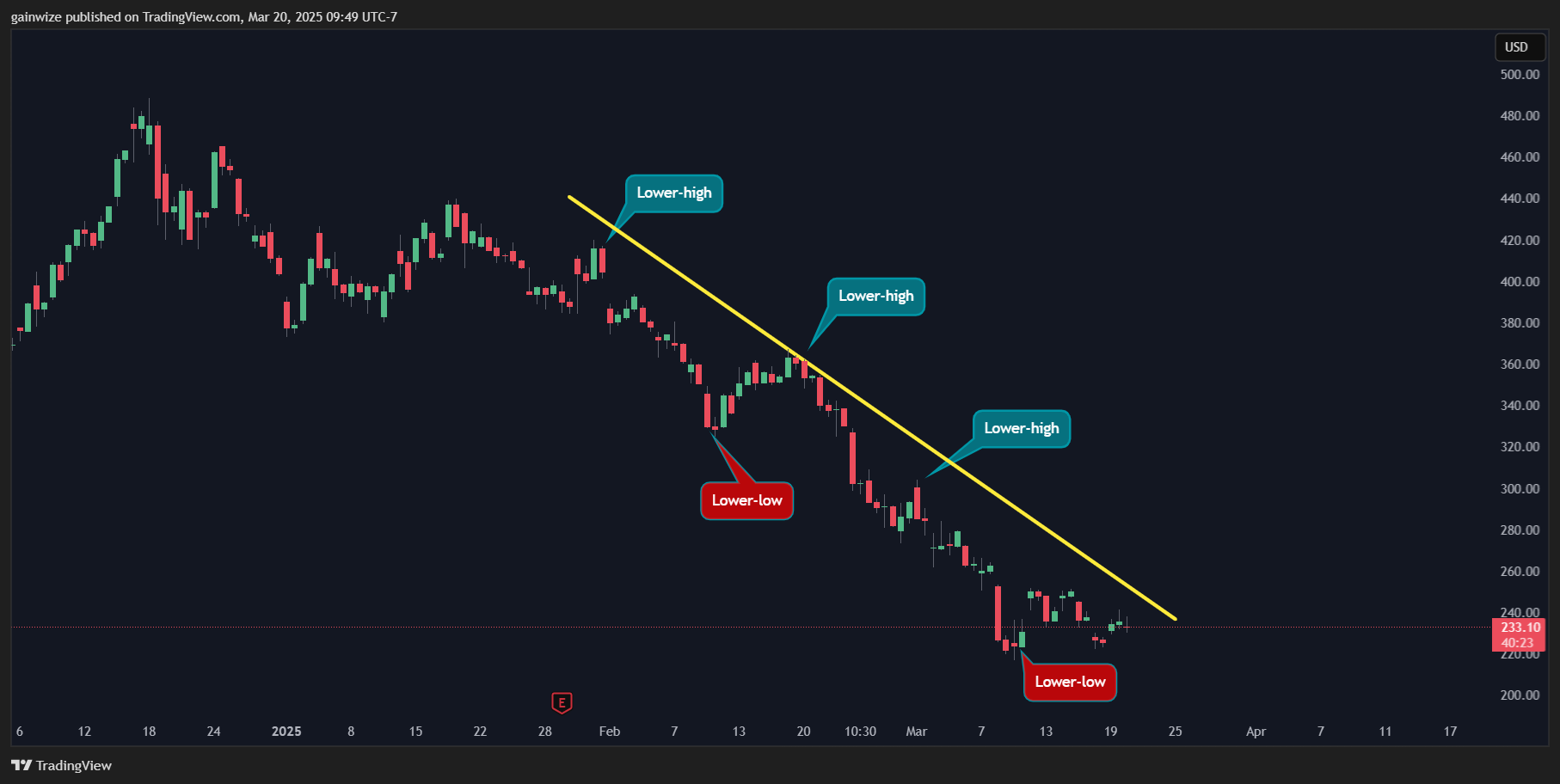Riding the Wave: How to Find and Trade Trends
This is education only, folks. Not trading/investment advice – talk to a financial pro for that. We buy all our tools, no freebies! Some links may earn us affiliate income.
Let's face it: trying to predict the market is like trying to predict the weather in a hurricane – chaotic and often futile. But what if you didn’t have to predict anything? What if you could just ride the waves that are already forming? That's the beauty of trend trading.
Why Trends Are Your Trading BFF
Trends are like the highways of the financial world. They show you where the momentum is, whether it's up, down, or sideways. Here's why they're so powerful:
- Entry Points: Trends can signal prime entry points. When a stock or asset is consistently moving in one direction, it's often a good time to jump on board.
- Risk Management: Trends can also keep you out of trouble. If a stock is trending down, it's probably not the best time to buy, even if your gut is telling you otherwise.
- Versatility: Trends aren't picky. They work across asset classes – stocks, forex, crypto, you name it.
Trend Trading Legends: Learning from the Best
Let's take a peek at some trading legends who mastered the art of trend following:
- The Turtles:
- Back in the 1980s, commodities trader Richard Dennis famously recruited a group of novices and trained them in his trend-following system. These “Turtles” (named after Dennis's alleged comment about growing traders like turtles) used simple rules to identify and trade trends, and many of them went on to achieve remarkable success.
- Their system was largely based on breakout strategies, where they would enter trades when prices broke through established highs or lows.
- Paul Tudor Jones:
- A legendary hedge fund manager, Jones is known for his ability to spot and capitalize on major market trends. He's famous for predicting the 1987 stock market crash and profiting from it.
- William (Bill) O'Neil:
- O'Neil is the founder of Investor's Business Daily and the creator of the CAN SLIM investing system, which incorporates trend following. CAN SLIM emphasizes buying growth stocks that are breaking out to new highs.
- Many traders have studied and adopted his CAN SLIM method, and are considered his disciples.
How to Spot a Trend: Your Trend-Spotting Toolkit
Identifying trends is like learning to read the market's body language. Here's how:
- Moving Averages: These are like the market's mood rings. A rising moving average indicates an uptrend, while a falling one suggests a downtrend.
- Trendlines: Draw lines connecting the highs or lows of a price chart. An upward sloping line indicates an uptrend, and a downward sloping line indicates a downtrend.
- Higher Highs and Higher Lows: In an uptrend, you'll see a series of higher highs and higher lows. In a downtrend, you'll see lower highs and lower lows.
- Volume: Volume can confirm trend strength. High volume during a breakout or trend continuation suggests strong conviction.
 An downtrend is a series of lower-highs and lower-lows.
An downtrend is a series of lower-highs and lower-lows.

Protecting Your Assets: Setting Stop-Losses
Trend trading isn't foolproof. Trends can reverse, and when they do, you want to protect your capital. That's where stop-losses come in.
- Set your stop-loss below a key support level in an uptrend, or above a key resistance level in a downtrend.
- Consider using trailing stop-losses, which move with the trend, locking in profits as the trend progresses.
When the Party's Over: Recognizing Trend Reversals
Knowing when a trend is ending is just as important as knowing when it's starting. Here's what to look for:
- Breakdown of Trendlines: If the price breaks through a trendline, it could signal a reversal.
- Divergence: Divergence occurs when the price and an indicator (like the RSI) move in opposite directions. This can be a sign of weakening momentum.
- Change in Volume: A decrease in volume during a trend can indicate a loss of momentum.
Trend trading is a powerful tool in any trader's arsenal. By understanding how to identify and capitalize on trends, you can increase your chances of success and navigate the markets with greater confidence. Remember, the market is always changing, so stay adaptable and keep learning.